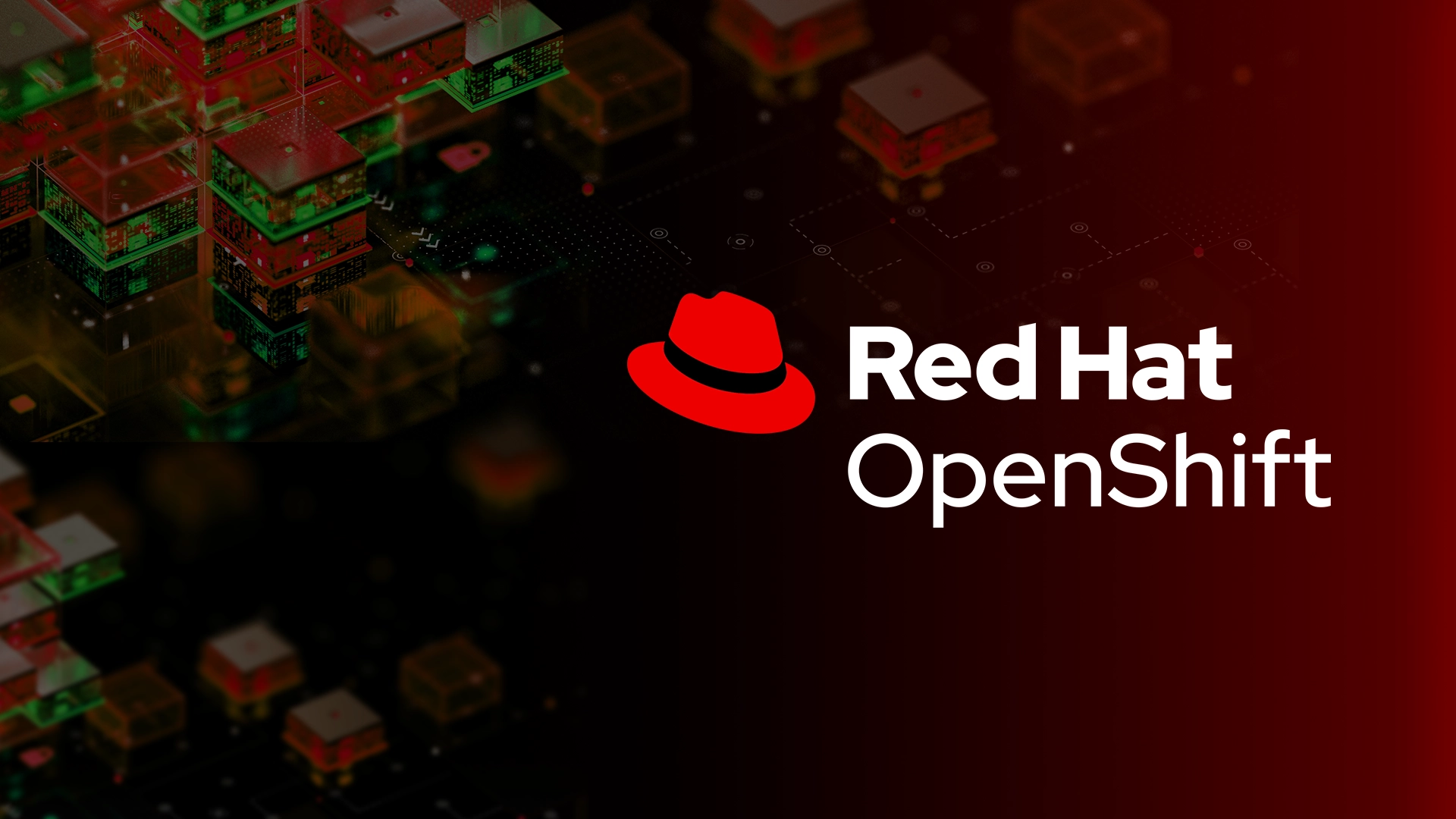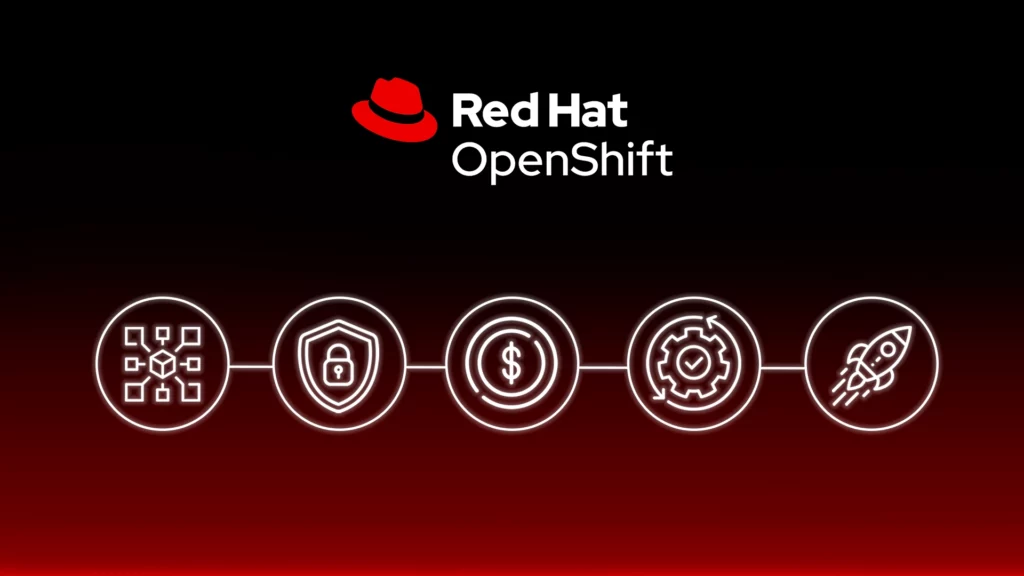Unlock the Future of IT: Why Red Hat OpenShift Is the Next-Gen Platform Your Business Really Needs
The digital landscape is constantly evolving. As organizations strive to innovate, new requirements emerge that push existing technologies beyond their limits. This pressure drives the development of new platforms that better serve modern enterprise needs. In the past, traditional virtualization technologies met these needs well by reducing data center costs, centralizing management, and improving resource utilization. However, rising costs, slowing innovation, and the emergence of open-source solutions that reduce hardware footprints and enable centralized management have shifted the landscape. These modern solutions also help businesses avoid vendor lock-in.
When I was young, I worked at a company that built supercomputers for U.S. government labs. Entire rooms were filled with servers, rack after rack, with blue lights blinking. As time passed, I could virtualize that entire room onto only 25 percent of the hardware. Now, those same workloads can run completely in the cloud or on just 10 percent of the servers with proper specifications. This new era of hyperconvergence, radical efficiency, and global compute management is forcing enterprises everywhere to fundamentally change their roadmaps and adopt newer technologies.
The Shift to the Next Generation of IT Platforms
Traditional compute platforms like VMware introduced powerful, transformational technologies and built large proprietary ecosystems. These ecosystems were originally developed to address very specific challenges through innovations in virtualization, led by companies such as VMware and Citrix. However, over time, these ecosystems have become stagnant. They now offer only incremental bolt-on solutions that struggle to meet modern demands. It is like driving an old car that is no longer fast enough, and instead of buying a new one, the manufacturer suggests installing a second engine in the trunk, which ends up costing more than a new car.
Today, compute power is global and ubiquitous. An engineer can deploy workloads simultaneously in Tokyo, Berlin, and New York. These workloads can be launched on premises, on any of the major cloud providers, or even from home. Once running, they scale quickly and reliably. Applications can be deployed across environments using shared configuration languages such as YAML or JSON and automation tools like Ansible. Traditional virtualization platforms such as VMware cannot support this level of speed, cost efficiency, or integration with hybrid and multi-cloud environments.
The Next Generation Compute Platform
Looking at the core drivers of modern IT — cost, speed, flexibility, and efficiency — one solution stands out: Red Hat OpenShift. Red Hat, one of the most widely adopted enterprise Linux providers, developed OpenShift to meet these modern needs. Built on Kubernetes and Libvirt, OpenShift not only enables centralized Kubernetes management but also allows organizations to manage virtual machines and containers on the same infrastructure. Pods and virtual machines can run together on the same nodes and clusters.
OpenShift also includes advanced cloud integration that supports multi-cloud environments, giving organizations a powerful and flexible solution. Built on open-source technologies, OpenShift avoids vendor lock-in while delivering powerful features.
Here are some of the key features OpenShift provides:
- Unified Platform for VMs and Containers: Run virtual machines and containers side by side on a single Kubernetes-powered platform, eliminating silos and streamlining operations.
- Enhanced Security and Compliance: Benefit from built-in role-based access control, network isolation, and encryption that support standards such as HIPAA and GDPR.
- Future-Proof Infrastructure: OpenShift supports hybrid and multi-cloud deployments, allowing seamless scaling and adaptation as business needs evolve.
- Live Migration and Minimal Downtime: OpenShift supports both live and cold migrations, reducing disruption during transitions.
- Cost Savings and Agility: Save on licensing, simplify management, and accelerate innovation.
- RHEL Workloads Included: OpenShift includes unlimited Red Hat Enterprise Linux licenses for all virtual machines and containers.
Migrating Virtual Machines and Workloads
One of the biggest concerns for organizations moving to next-generation platforms is the migration of virtual machines and workloads. Some businesses have opted to stay with costly legacy providers such as VMware, even after drastic price increases and the cancellation of perpetual licenses, simply because they believe migration is risky or complex.
While some workloads are indeed mission-critical or highly complex, most can be migrated using tools like Red Hat’s Migration Toolkit for Containers and Migration Toolkit for Virtualization. Automation frameworks like Ansible and Terraform can also support and streamline these efforts.
The key to a successful migration is preparation. Most migrations are straightforward, and proper planning results in positive outcomes. The long-term benefits of moving to a modern platform significantly outweigh the initial concerns.
Another common misconception is that migrations take years and require massive teams. In reality, for many organizations, a migration can happen much faster. For example, a company with 200 virtual machines that follow a common setup can complete migration within one or two months. Of course, platform choice, network speed, and machine complexity will impact timing, but most organizations can achieve meaningful progress quickly. Even reducing legacy environments by 25 percent can lead to significant cost savings.
Modernization does not need to happen all at once. Legacy virtual machines and new containerized workloads can coexist and be managed from the same OpenShift console. This allows businesses to modernize at their own pace.
Embrace the Future
The compute landscape has changed. New platform technologies are available, and now is the time for organizations to seize the opportunity to evolve. Change is never easy, but the driving forces of reliability, flexibility, cost efficiency, and vendor freedom make a compelling case for moving to a next-generation solution like OpenShift.
It is time to leave behind the expensive, outdated, and overly complex legacy platforms and embrace a smarter, more agile future.






